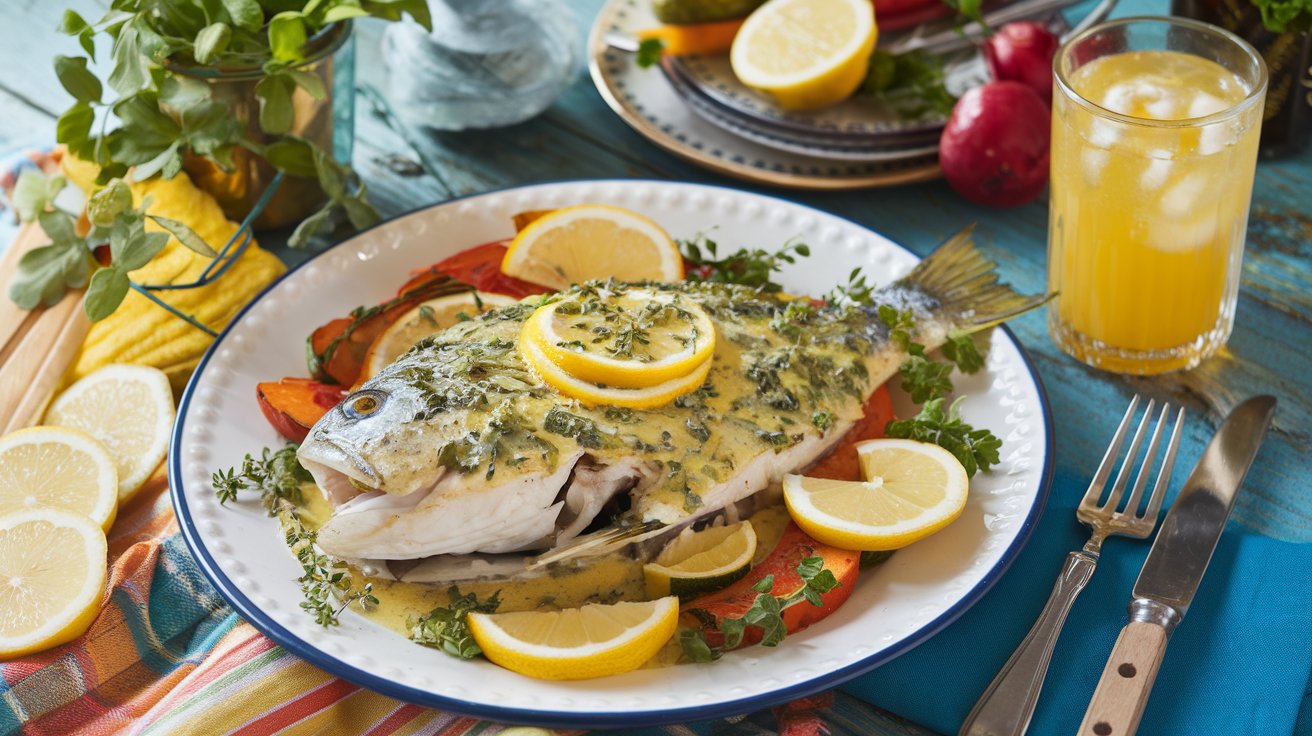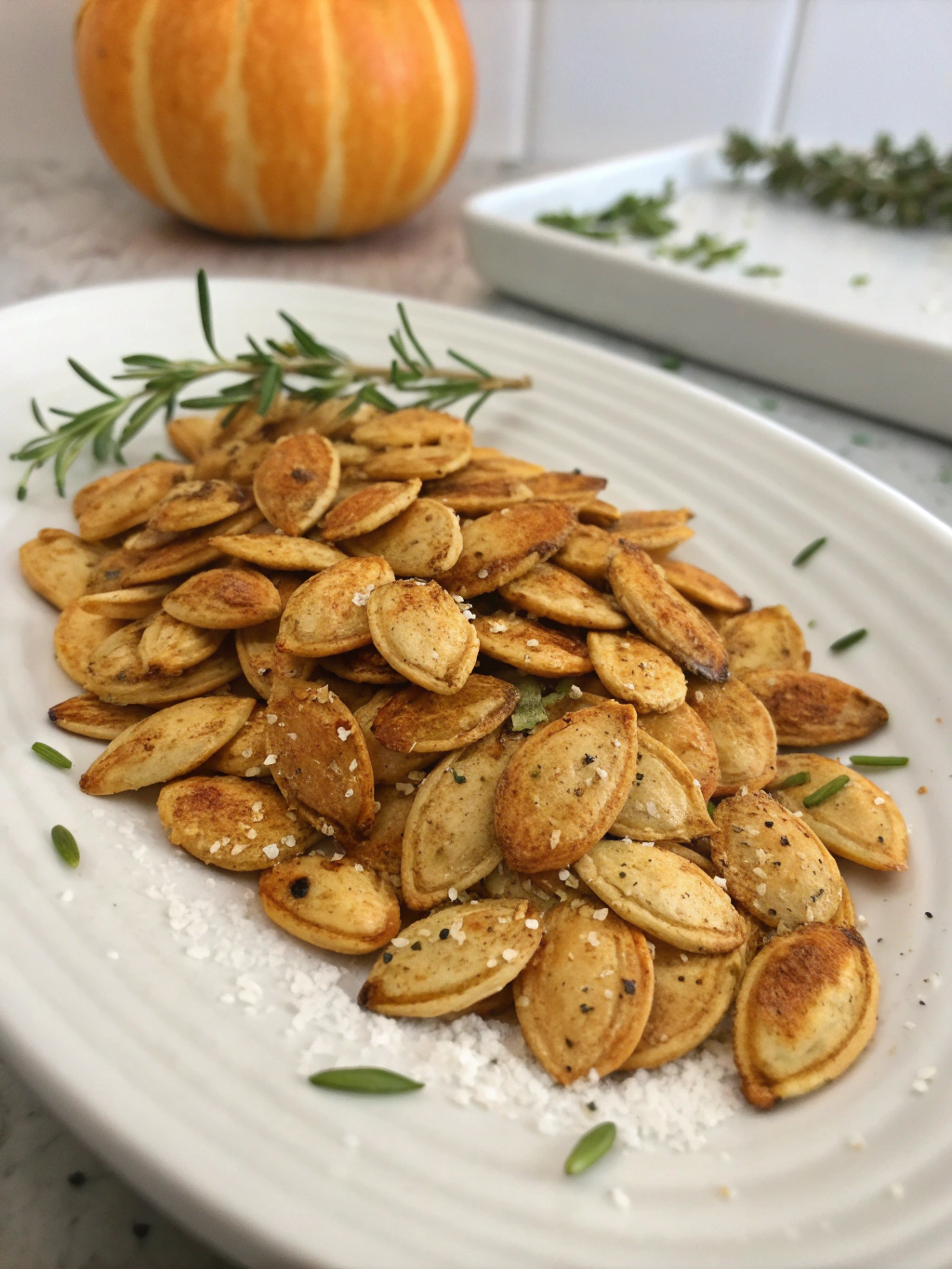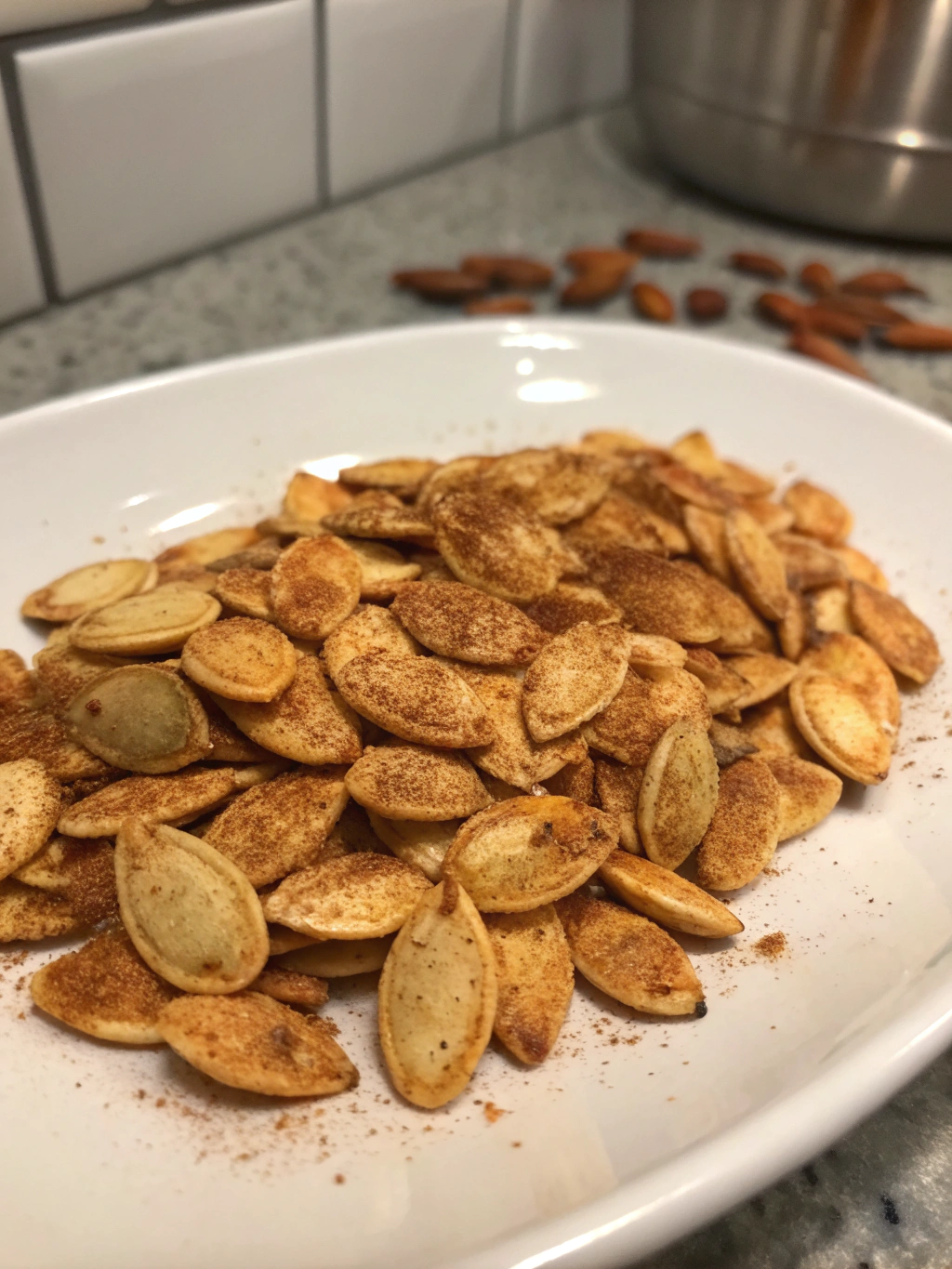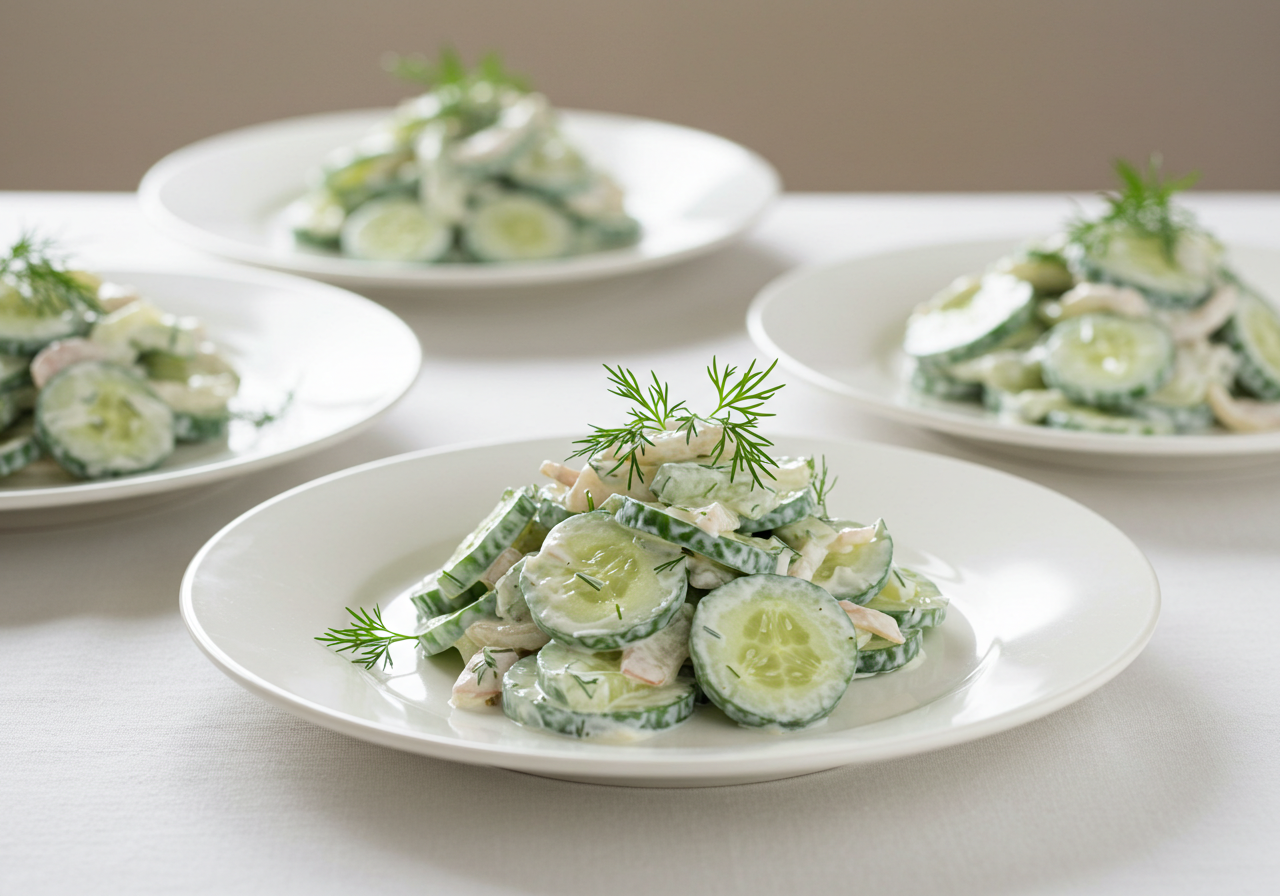Rockfish, a versatile and delectable seafood option, has long been a favorite among culinary enthusiasts. Its tender, flaky texture and mild flavor make it the perfect canvas for a variety of cooking styles. In this guide, we’ll dive into why rockfish is a popular choice, its nutritional benefits, and how to prepare it to perfection.
Introduction to Rockfish Recipes
Rockfish is a term that encompasses a wide variety of fish species, including Pacific rockfish, striped bass, and ocean perch. Known for their firm texture and adaptability, these fish are ideal for grilling, baking, frying, or steaming. Whether you’re a seasoned chef or a home cook, incorporating rockfish into your recipes can elevate your dining experience.
Why Rockfish is a Popular Choice
Rockfish has gained popularity for several reasons:
- Flavor: Its mild, slightly sweet taste appeals to a wide range of palates.
- Versatility: From tacos to elegant fillets, rockfish pairs beautifully with numerous seasonings and cooking techniques.
- Availability: Widely found in markets and seafood shops, rockfish is accessible year-round.
Nutritional Benefits of Rockfish
Rockfish is not only delicious but also packed with essential nutrients:
- Protein: A lean source of high-quality protein, perfect for muscle repair and growth.
- Omega-3 Fatty Acids: Promotes heart and brain health.
- Vitamins and Minerals: Rich in Vitamin D, B12, and selenium, supporting overall well-being.
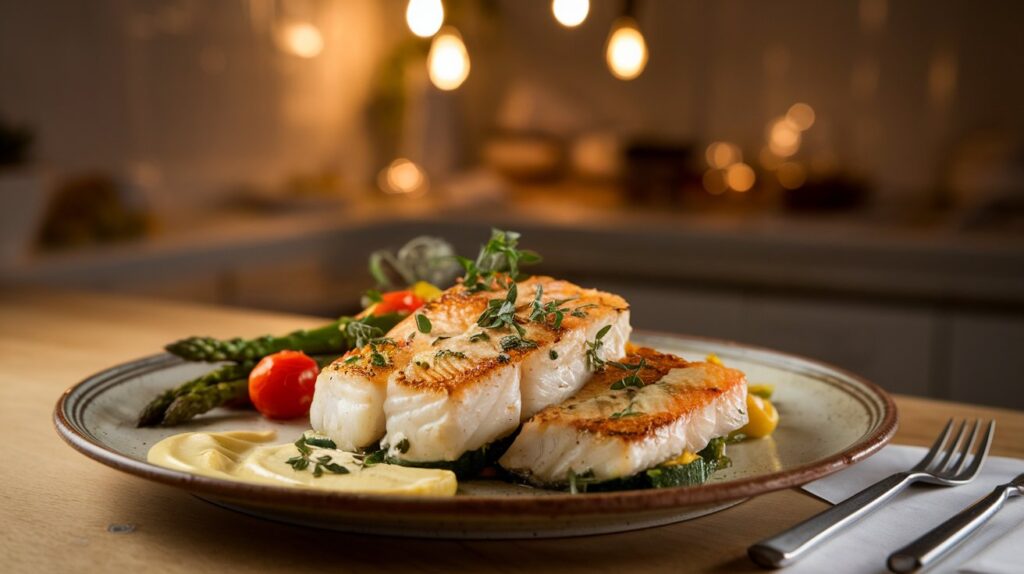
Choosing the Right Rockfish
To prepare a delightful rockfish dish, starting with the right fish is crucial. Here’s what you need to know:
Types of Rockfish
There are over 70 species of rockfish, but the most commonly found in markets include:
- Pacific Rockfish: Mild and firm, perfect for versatile recipes.
- Striped Bass: Slightly oilier, great for grilling or pan-searing.
- Ocean Perch: Smaller and more delicate, ideal for frying or steaming.
How to Select Fresh Rockfish at the Market
When buying rockfish, keep these tips in mind:
- Appearance: Look for shiny, firm flesh with no discoloration.
- Smell: A fresh rockfish should have a mild, ocean-like scent, not a fishy odor.
- Eyes and Gills: Clear eyes and bright red gills are indicators of freshness.
Storage Tips for Maintaining Freshness
Proper storage is key to preserving the quality of your rockfish:
- Refrigeration: Keep rockfish in the coldest part of your fridge, ideally at 32°F (0°C). Use within 1-2 days.
- Freezing: Wrap tightly in plastic wrap or freezer paper to prevent freezer burn. Frozen rockfish can last up to 6 months.
- Defrosting: Thaw overnight in the refrigerator or under cold running water if needed quickly.
Essential Tools and Ingredients
Cooking rockfish to perfection starts with having the right tools and ingredients. This section covers the essentials you’ll need to create delicious rockfish dishes, along with alternatives for common ingredients to suit various dietary preferences or availability.
Kitchen Tools You’ll Need
- Sharp Chef’s Knife: For filleting or portioning your rockfish. A clean cut ensures even cooking.
- Cutting Board: Opt for a dedicated board for seafood to prevent cross-contamination.
- Non-Stick Pan or Cast-Iron Skillet: Ideal for searing or pan-frying to achieve a crispy, golden crust.
- Fish Spatula: A thin, flexible spatula makes flipping delicate rockfish fillets easier without breaking them.
- Baking Sheet and Parchment Paper: Perfect for baking rockfish with minimal cleanup.
- Steaming Basket: For a healthy preparation method that locks in moisture and nutrients.
- Tongs or Tweezers: To remove any remaining bones from the fillets.
- Food Thermometer: Ensures your rockfish is cooked to a safe internal temperature of 145°F (63°C).
Must-Have Ingredients for Rockfish Recipes
- Rockfish Fillets: The star of the dish. Fresh or frozen, choose high-quality fillets for the best results.
- Lemon: Essential for brightening flavors, either as a marinade, garnish, or zest.
- Herbs and Spices: Common choices include parsley, dill, garlic, paprika, and black pepper.
- Olive Oil or Butter: Adds richness and helps achieve a beautiful sear or roast.
- White Wine: Enhances sauces or poaching liquids with a subtle acidity.
- Breadcrumbs or Panko: For crunchy coatings in baked or fried recipes.
- Vegetables: Pair rockfish with asparagus, cherry tomatoes, or zucchini for a complete meal.
- Stock or Broth: Fish or vegetable stock is excellent for poaching or steaming.
Substitutes for Common Ingredients
- Lemon: Swap with lime, vinegar, or even orange zest for a citrusy twist.
- Herbs: If fresh herbs are unavailable, dried versions work well. Use sparingly as they’re more concentrated.
- Olive Oil: Substitute with avocado oil, grapeseed oil, or melted coconut oil for a different flavor profile.
- Butter: Vegan butter or margarine works for plant-based diets.
- Breadcrumbs: Use crushed crackers, cornflakes, or gluten-free breadcrumbs as alternatives.
- White Wine: Non-alcoholic options like white grape juice, apple cider vinegar, or chicken broth can replicate the flavor.
- Stock/Broth: Water with a pinch of salt or bouillon cubes dissolved in water can be used in a pinch.
Preparing Rockfish for Cooking
Proper preparation is key to unlocking the full potential of rockfish in your recipes. This section guides you through cleaning and filleting the fish, marinating for enhanced flavor, and seasoning ideas to suit a variety of cuisines.
Cleaning and Filleting Rockfish
- Cleaning the Fish:
- Rinse: Rinse the fish under cold running water to remove any surface dirt or debris.
- Scaling: Use a fish scaler or the back of a knife to remove the scales. Work from the tail to the head, rinsing frequently.
- Gut Removal: If the fish is whole, make an incision along the belly and remove the internal organs. Rinse thoroughly.
- Filleting the Fish:
- Lay Flat: Place the fish on a cutting board, gripping the head firmly.
- Make the First Cut: Starting behind the gills, slice down to the backbone.
- Follow the Spine: Turn the knife flat and run it along the spine, separating the fillet from the bones.
- Remove the Skin (Optional): Slide the knife between the skin and flesh while holding the skin taut.
- Debone: Use tweezers to pull out any remaining pin bones.
Marinating Tips for Flavorful Results
Marinating enhances the natural flavor of rockfish and adds complexity to your dishes.
- Base Ingredients:
- Acid: Lemon juice, lime juice, or vinegar helps tenderize the fish.
- Oil: Olive oil or sesame oil prevents sticking and adds richness.
- Aromatics: Garlic, ginger, or shallots infuse deep flavors.
- Marinating Times:
- Quick Marinades: For a light flavor, marinate for 15-30 minutes.
- Deeper Flavor: For stronger flavors, marinate up to 1 hour. Avoid over-marinating as the acid can break down the fish and make it mushy.
- Storage:
- Always marinate in the refrigerator in a glass or non-reactive container to maintain freshness and safety.
Seasoning Suggestions for Rockfish
Rockfish’s mild flavor makes it a versatile base for various seasonings. Here are some ideas:
- Classic Simple Seasoning:
- Salt, pepper, lemon zest, and a drizzle of olive oil.
- Mediterranean:
- Garlic, oregano, paprika, fresh parsley, and olive oil.
- Asian-Inspired:
- Soy sauce, sesame oil, grated ginger, garlic, and a splash of rice vinegar.
- Spicy Cajun:
- Cajun spice blend, garlic powder, onion powder, cayenne pepper, and thyme.
- Herb-Crusted:
- Fresh dill, parsley, chives, and breadcrumbs mixed with olive oil or butter.
- Citrus and Herb:
- Lemon or lime slices, rosemary, thyme, and a touch of honey for sweetness.
Top Cooking Methods for Rockfish
Rockfish is a versatile fish that can be cooked in various ways, each bringing out unique flavors and textures. Here, we explore some popular methods for cooking rockfish and provide detailed steps and tips for each technique.
Baking Rockfish: A Simple and Healthy Option
Baking is one of the easiest and healthiest ways to prepare rockfish, as it requires minimal oil and preserves the fish’s natural flavors.
Step-by-Step Guide to Baking:
- Preheat the Oven: Set your oven to 375°F (190°C).
- Prepare the Fish: Pat the rockfish fillets dry with a paper towel, season with salt, pepper, and your choice of herbs or spices.
- Arrange on a Baking Sheet: Place the fillets on a parchment-lined baking sheet or in a lightly greased baking dish.
- Add Flavor Enhancements: Top with lemon slices, garlic, and a drizzle of olive oil or butter.
- Bake: Cook for 12-15 minutes, or until the internal temperature reaches 145°F (63°C). The fish should be opaque and flaky.
Flavor Variations to Try:
- Herb-Crusted: Mix breadcrumbs, Parmesan cheese, and herbs like parsley or thyme for a crispy topping.
- Mediterranean Style: Add cherry tomatoes, olives, and capers for a burst of Mediterranean flavors.
- Garlic Butter Sauce: Drizzle with melted butter mixed with minced garlic and fresh dill.
Grilling Rockfish for a Smoky Taste
Grilling is an excellent way to add a smoky, charred flavor to rockfish, making it perfect for outdoor meals.
Preparing Rockfish for the Grill:
- Oil the Fish: Lightly brush the fillets with olive oil to prevent sticking.
- Season: Use a dry rub or marinade of your choice for added flavor. Cajun spices, lemon pepper, or soy-ginger marinades work well.
- Optional: If the fillets are thin, use a grill basket or wrap them in foil to prevent them from breaking apart.
Ideal Grill Settings and Techniques:
- Preheat the Grill: Heat to medium-high (about 400°F or 200°C).
- Cook the Fish: Place the fillets skin-side down (if applicable) directly on the grill or in a grill basket.
- Timing: Grill for 4-5 minutes per side, depending on thickness. Avoid overcooking.
- Check Doneness: The fish should easily flake with a fork and reach an internal temperature of 145°F (63°C).

Popular Rockfish Recipes to Try
Classic Lemon Butter Baked Rockfish
- A simple yet flavorful recipe featuring buttery richness and a zesty citrus kick.
- Ingredients: Rockfish fillets, lemon juice, garlic, unsalted butter, fresh parsley.
Spicy Cajun Grilled Rockfish
- A bold, spicy dish with the signature flavors of Cajun cuisine.
- Ingredients: Cajun seasoning, olive oil, garlic, lemon, fresh thyme.
Rockfish Tacos with Fresh Salsa
- Perfect for casual dining, these tacos pair rockfish with a vibrant salsa.
- Ingredients: Rockfish fillets, taco seasoning, corn tortillas, tomato salsa, avocado.
Asian-Inspired Soy-Glazed Rockfish
- A sweet and savory option with an umami punch.
- Ingredients: Soy sauce, honey, sesame oil, garlic, ginger, green onions.
Serving Suggestions for Rockfish
Side Dishes That Complement Rockfish
- Vegetables: Grilled asparagus, roasted Brussels sprouts, or sautéed spinach.
- Starches: Lemon-herb rice, garlic mashed potatoes, or quinoa.
- Salads: A crisp cucumber and dill salad or a Mediterranean-style Greek salad.
Plating Tips for a Restaurant-Quality Look
- Use a White Plate: Highlight the colors of your dish with a neutral backdrop.
- Layer Components: Start with a base (like rice or mashed potatoes), add the fish on top, and garnish with herbs or lemon slices.
- Drizzle Sauces: Create elegant patterns with sauces using a squeeze bottle or spoon.
Wine Pairings to Elevate Your Meal
- White Wines:
- Chardonnay for buttery recipes like lemon butter baked rockfish.
- Sauvignon Blanc for herbaceous dishes like herb-crusted rockfish.
- Light Reds: A Pinot Noir can pair well with spicy Cajun grilled rockfish.
- Rosé: A versatile option that complements most rockfish dishes.
Conclusion
Why Rockfish Deserves a Spot in Your Recipe Rotation
Rockfish is a culinary gem, offering a delicate balance of flavor, nutrition, and versatility. Whether you’re looking for a quick weekday meal or an impressive dinner-party dish, its mild taste and adaptable texture make it a fantastic choice. It’s easy to prepare, pairs well with a wide array of flavors, and is packed with nutrients like protein and omega-3 fatty acids, making it a wholesome addition to any diet.
Encouragement to Experiment and Customize
Rockfish is as versatile as your imagination. Experiment with different cooking techniques, marinades, and seasonings to find your signature style. Whether you prefer it grilled, baked, or pan-seared, don’t be afraid to get creative and tailor recipes to your tastes or dietary needs. The possibilities are endless, and each attempt brings you closer to mastering this culinary delight.

For seafood lovers exploring versatile options, you might also enjoy this Crab Brûlée Recipe, which pairs wonderfully with a side of crusty bread. For an easy weeknight dinner, check out this Dorito Chicken Casserole for a rich and flavorful dish. Additionally, those interested in healthy pairings might find inspiration in our Creamy Avocado Salad as a refreshing complement to your rockfish preparation.
Frequently Asked Questions About Rockfish Recipes
What Does Rockfish Taste Like?
Rockfish has a mild, slightly sweet flavor with a firm yet flaky texture. Its taste is less “fishy” compared to some other seafood, making it a great choice for those new to eating fish or for recipes with bold seasonings and sauces.
Can You Cook Rockfish with the Skin On?
Yes, you can cook rockfish with the skin on. The skin crisps up beautifully when grilled or pan-fried, adding texture and flavor. Be sure to scale the fish thoroughly before cooking and pat the skin dry for optimal crispiness. If you prefer not to eat the skin, it can easily be removed after cooking.
How Do You Avoid Bones in Rockfish?
Rockfish fillets are typically deboned when purchased, but small pin bones can remain. To avoid bones:
- Check the Fillet: Run your fingers along the fillet to feel for any bones.
- Use Tweezers: Remove bones with fish tweezers or clean needle-nose pliers.
- Cook Carefully: If cooking a whole fish, be cautious while eating, as bones may still be present.

